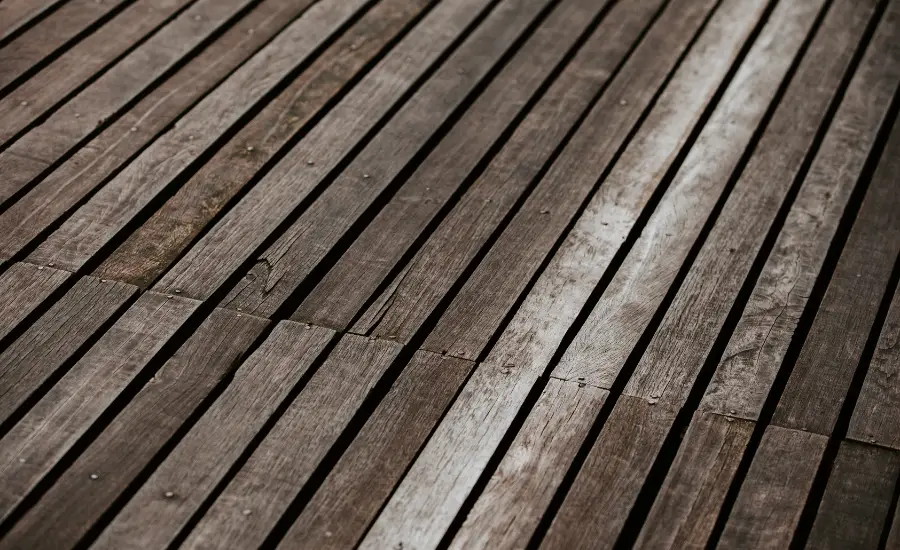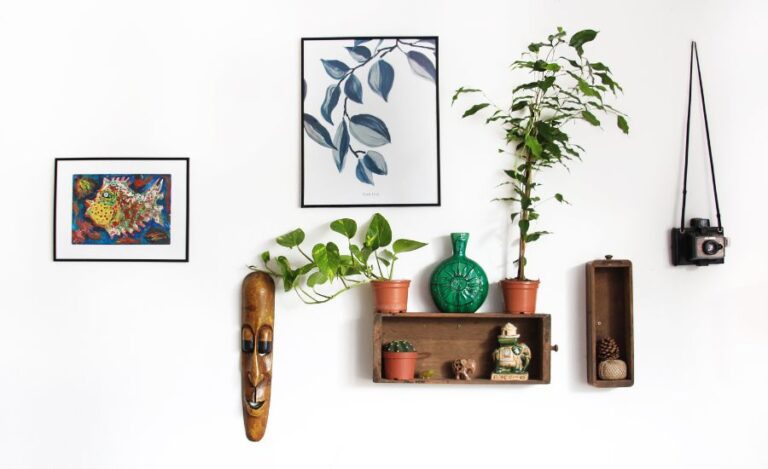How to fix a missing chunk of wood?
If you’re wondering how to fix a missing chunk of wood on your cabinet that has some cuts, you have come to the right place! By the end of this, I can assure you that you won’t even notice that there was a missing piece. Also, it’s going to be pretty simple and inexpensive.
It’s common for a piece of old furniture to bear signs of wear and tear. But that doesn’t mean you throw it away. With that in mind, let’s look at a step-by-step guide on how to fix them.
Method 1: Fixing a missing chunk of wood
In this, we need to create a Hot Glue Mold. So, consider the steps below-
- Making a mold of the shape and details of the damaged or broken furniture corner before attempting to repair it is by far the simplest method.
- Finding a corner with the same specifications as the damaged area should be very easy. It is because every piece of furniture typically has at least two of everything.
- With a loaded hot glue gun, you can quickly create a mold out of a corner in good shape.
Alternatives to the Hot Glue Mold
The hot glue might ruin the polish on the good part. so, you may consider using a mold putty kit instead. It’s a two-part substance that, once dry, gives you a flexible rubbery feel.
Simply combine the two components, and then apply a thick coating to the good corner. Even so, before creating your mold, dab some vaseline on the corner. Note that since this substance isn’t as hot as hot glue, the finish on the good side won’t be harmed.
Method 2: Fixing a missing chunk of wood
If hot glue is something you dislike, here’s another way-
Step 1: Bondo Wood Filler for Wood Furniture Repair
Bondo is a broken piece of furniture’s best buddy, period! For starters, it is a two-part adhesive filler that cures tougher than wood in around 30 minutes. Moreover, it is easier to mix up and spread evenly on a surface. You can call it a miracle product.
You may also use Bondo Wood Filler or Bondo All-Purpose. However, I prefer the Bondo Autobody sort. They all function much the same. The color is where I’ve seen the most variation between them. The automotive variant is pink, the all-purpose version is light grey, and the wood filler model looks like wood filler.
Choose the wood filler alternative if you wish to stain the damaged area. It doesn’t stain precisely the same way that wood does, but performs way better than autobody and all-purpose types.
Also Read: How To Make Towels Soft Again?
Step 2: Blend the Bondo
It’s essential to mix up a tiny quantity of Bondo and spread it quickly because it starts to dry almost instantly!
- I prefer to use a paint stir stick and a piece of cardboard to mix my Bondo.
- Put some Bondo foundation on the cardboard and spread it out. After that, apply some adhesive to the Bondo.
- Bondo should be well mixed to get a uniform shade of pink (a touch darker than the spreader’s color is preferred)!
Step 3: Apply Bondo to the chipped wood corner
Next, cover the damaged corner with Bondo using your freshly cleaned Bondo spreader. Try to massage it into the worn-out part and spread it on liberally.
Step 4: Cover the Wet Bondo with the Mold
Put the mold rapidly over the Bondo and firmly push it down. Do not forget to apply vaseline inside of it before combining the Bondo though. Also, make sure the mold is compatible with the wood.
This way you don’t need to sand and shape the dried Bondo as much. Lastly, you would also want the Bondo repair to line up as much as possible.
Also Read: How To Install An Outdoor Light Fixture On Stone?
Step 5: Hold the mold
Keep the mold in position until the Bondo begins to harden (that typically takes only a few minutes). Before the Bondo begins to build up, you don’t want the hot glue mold to move at all. You can get rid of the mold once it’s no longer sticky.
Step 6: Take Off Extra Bondo
Do scrape the extra Bondo off with a utility knife before it dries too much. There will undoubtedly be a few Bondo lumps that escaped the mold. Scrape it with a knife so that you can still cut through the Bondo.
It’s crucial to cut away any significant excess Bondo as soon as it sets since after it dries, you won’t be able to cut through it. But be careful not to remove too much! It’s beneficial to have some extra Bondo so you can mold it when it dries.
Then, let it dry for at least 30 minutes.
Step 6: Shape and Trim the Bondo
Now we only need to make the Bondo look a bit nicer. I enjoy using my power sander to sand down any significant flat sections for this part. It is quick and effective!
Firstly, use the 150 grit for the power sander. Then 220 grit to refine it. you would want to sand by hand for any fine details. Getting everything just right takes time, but it’s worth it in the end!
When sanding by hand, 80 grit is the most convenient to remove the most material first. Then, I recommend you move up to 220 grit to smooth it out. The Bondo must be perfectly smooth and flat with any remaining wood that wasn’t harmed. You may occasionally encounter a little air pocket in the Bondo. If the area is tiny, just fill it in with common wood filler and let it dry. Then, re-sand it to a smooth finish.
You need not perform an additional round of Bondo to remove a single air bubble.
Step 8: Primer & Paint
Firstly, clean the Bondo and surrounding surface to remove any dust or debris. A clean surface will help you to apply the primer with ease. Then, I recommend you apply a primer specifically designed for use with plastic fillers, such as Bondo. Let the primer dry completely, following the manufacturer’s recommended drying time.
Next, lightly sand the primed surface with fine-grit sandpaper, such as 220 or 320. This is to ensure an even, smooth surface. Clean the surface again to remove any dust. Finally, apply your desired paint color in thin, even coats. Let each coat dry completely before applying the next. For the best results, follow the manufacturer’s recommended drying time between coats.
To protect the paint and provide a smooth, even surface, apply a clear coat over the paint. Let the clear coat dry completely before using the item.
Final Words
Fixing a missing chunk of wood may seem like a daunting task! However, with the right approach, it can be a manageable DIY project that will leave you with a satisfying outcome.
Whether you choose to use Bondo, wood filler, or epoxy, it’s crucial to properly prepare the surface and apply the product in multiple thin coats. After letting the filler dry completely, sand the surface until it’s smooth and ready for priming and painting.
With these steps in mind, you can restore the missing piece of wood to its original condition, making your furniture or wooden items look as good as new. Lastly, remember to always follow the manufacturer’s instructions and take your time to ensure the best results. That’s all!


